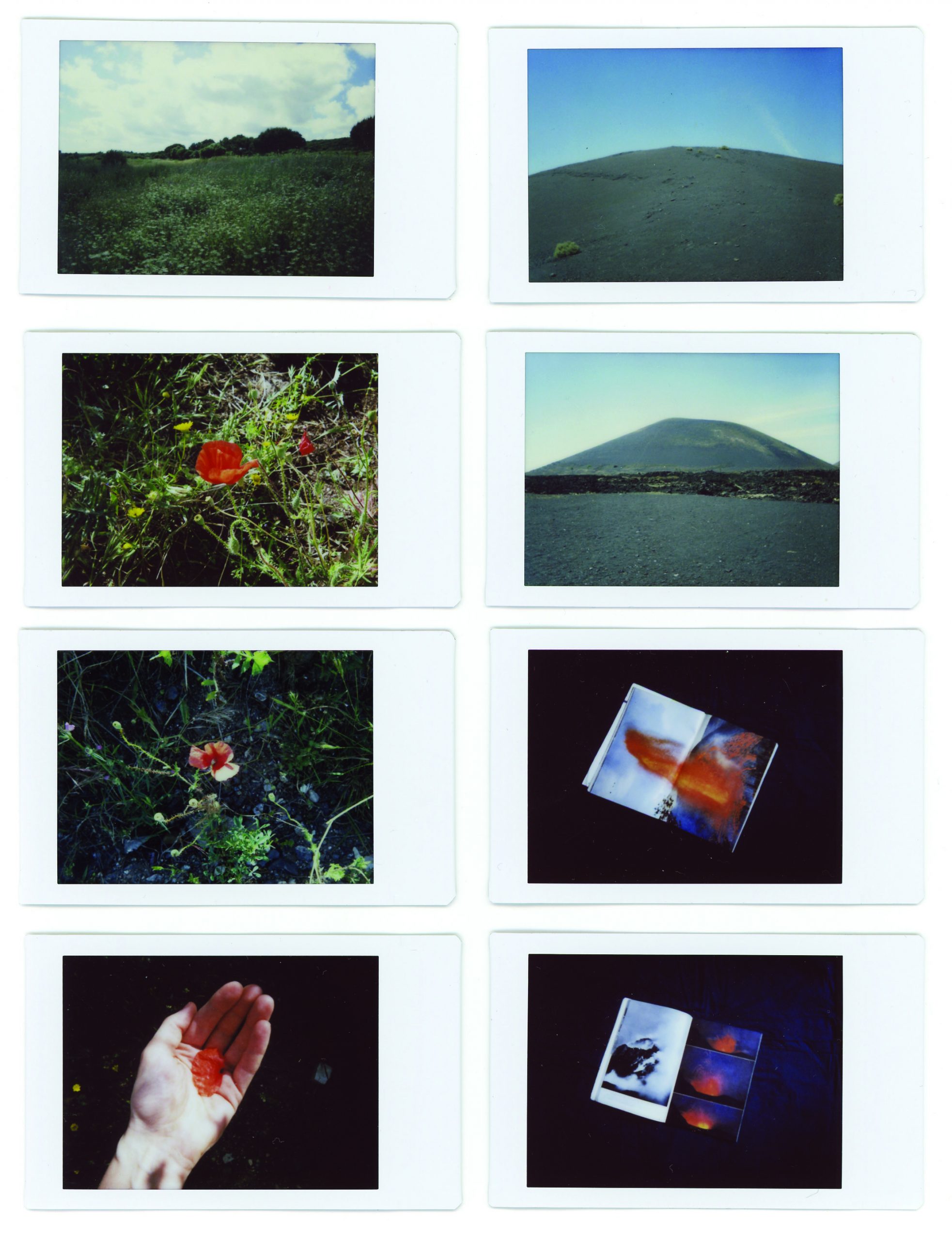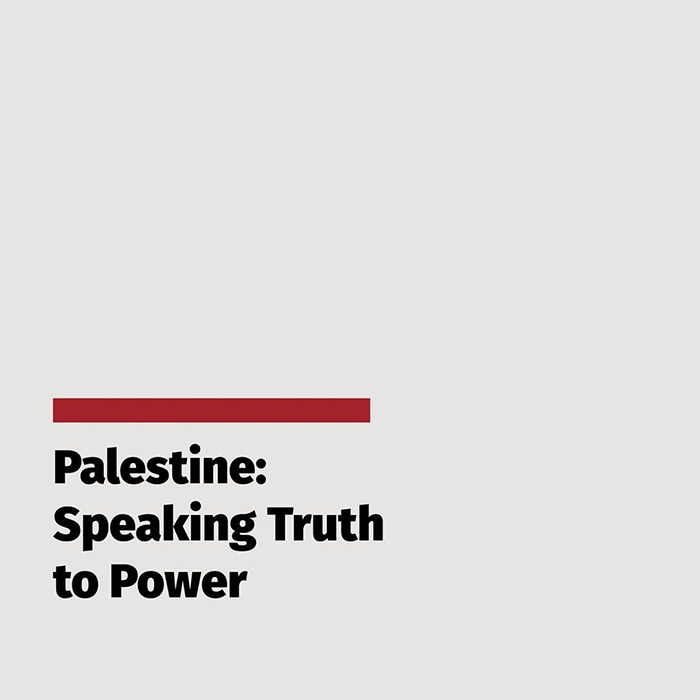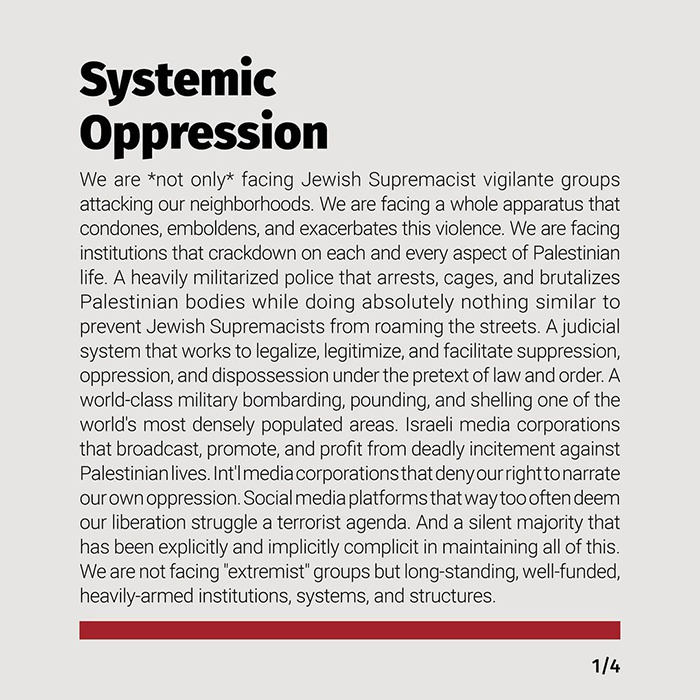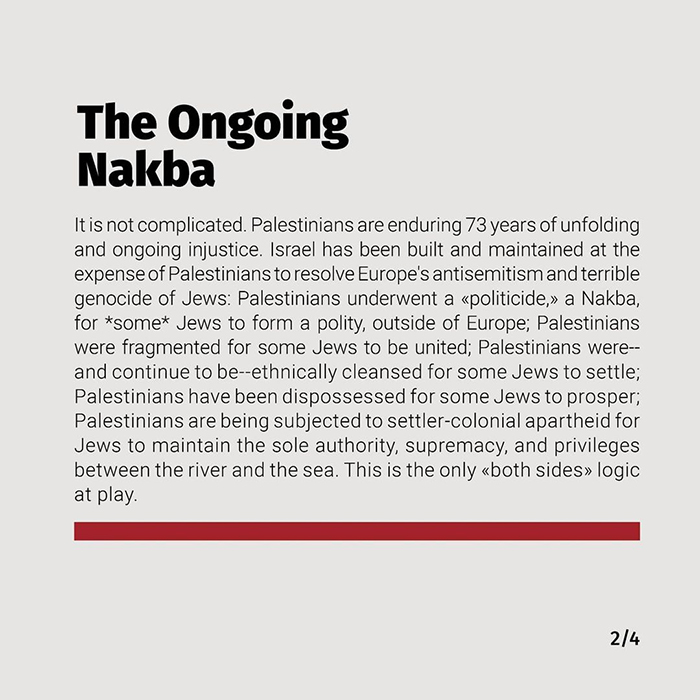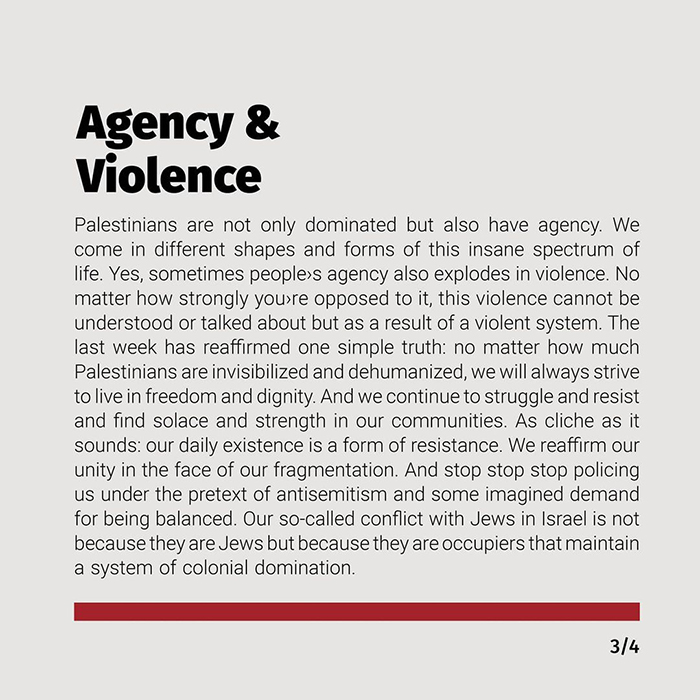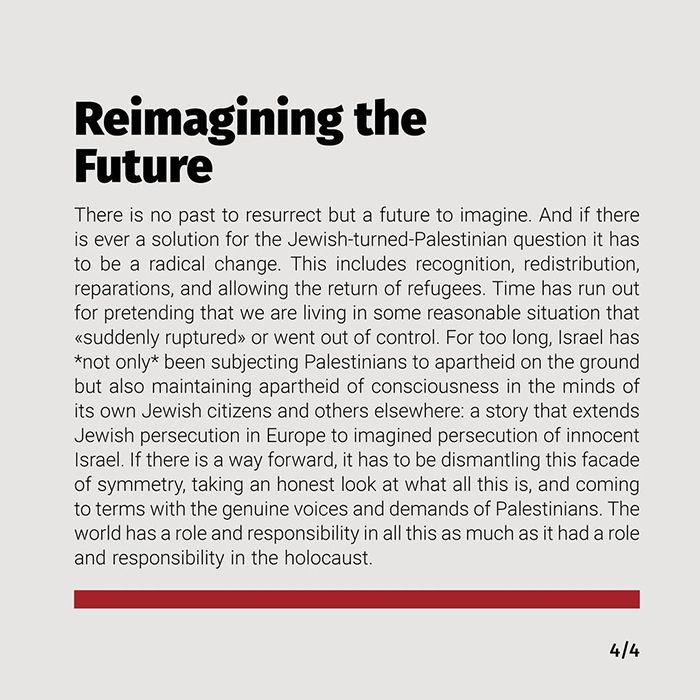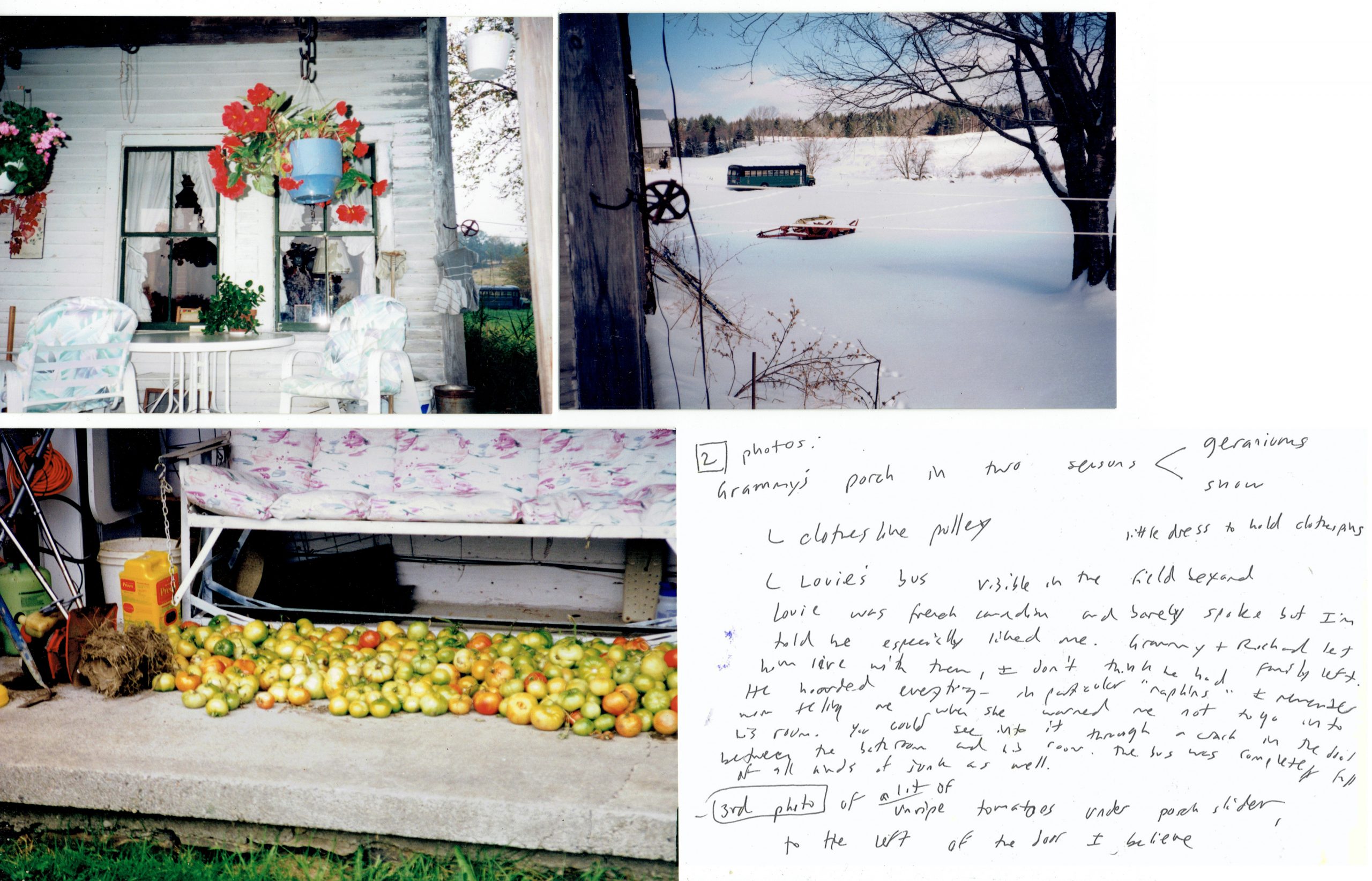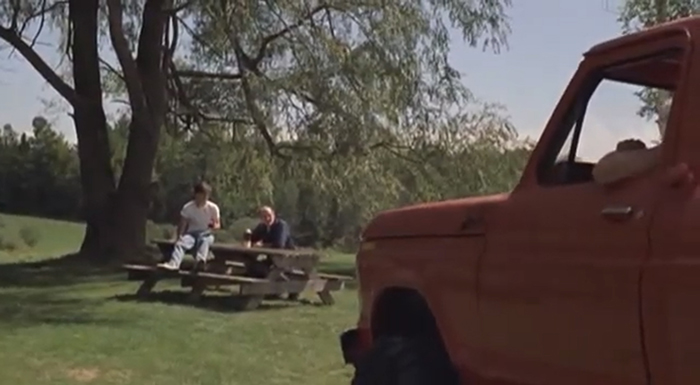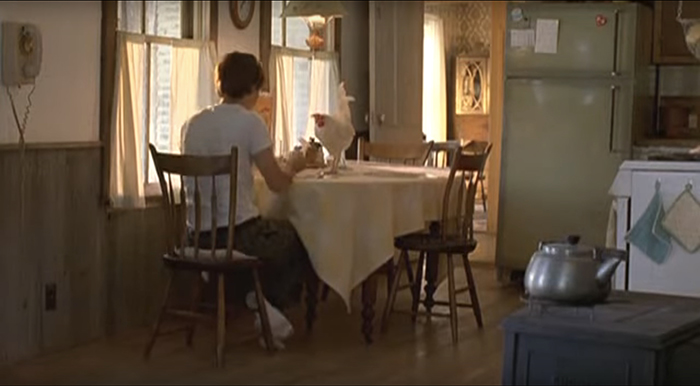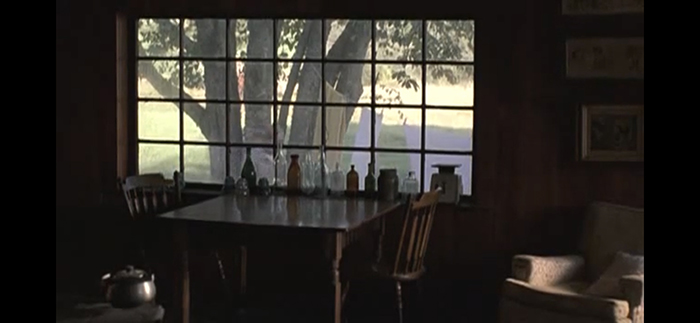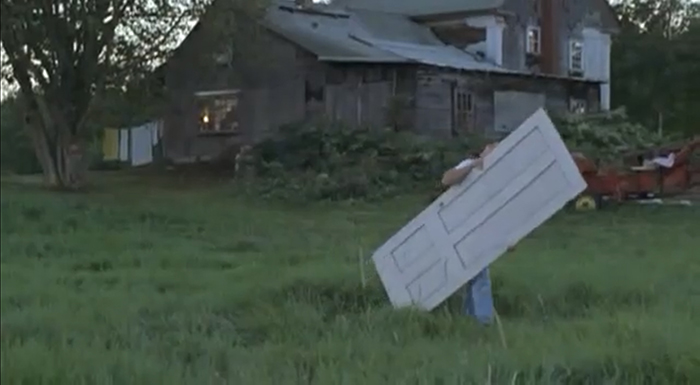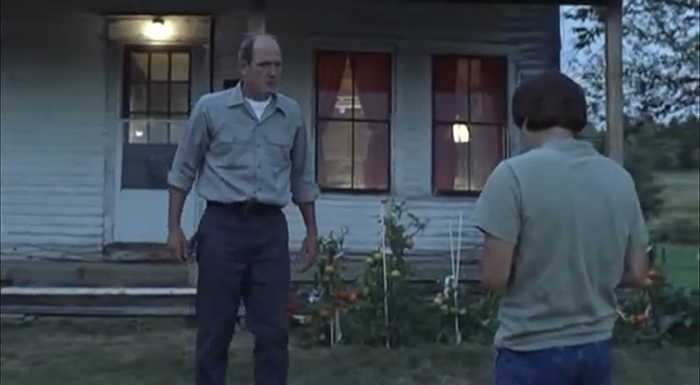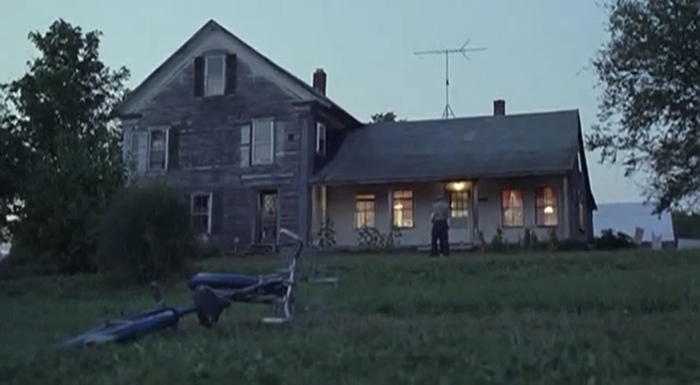ZADIE XA
Sunday, June 6th, 2021I miss my dog.
He came into my life one month before my 24th birthday.
It’s been 3 years since he died.
One morning I tossed him a stick and as he ran to grab it, he collapsed. Initially I thought the tumble was due to his back legs which were giving him some trouble (he even wore protective booties to ensure his nails didn’t wear down from the dragging caused by an irregular gait). Instead I found a dog in shock, panting with a dry mouth and white gums unable to get up. Internal bleeding I later learned.
We had his spleen removed to prevent not only the possibility of cancer but a painful death that can happen if the embedded tumours rupture. Unfortunately, the removal of his spleen did not save him from the cancer as it had already begun seeding itself throughout his vascular system. Although I was heartbroken, I pummelled through the situation with desperate optimism and put my dog through a mild form of chemotherapy. This was not a cure but it would hopefully prolong his life by a few months and if we were really lucky, a year.
During this time I tried hard not to cry or be sad around him and I did my best to act cheerful. I’d bring him to the park a few times a day and generally spoiled him with new toys, treats and suffocating cuddles. Some days were okay, other times he’d suffer from exhaustion and minor internal bleeds leaving me to struggle as I carried his 14 kg body home. In these moments when his illness could not be hidden I felt ashamed and angry as other dog walkers with their healthy pets would look at us with pity. I often wore sunglasses in an attempt to obscure my puffy crying face.
I joined various Hemangiosarcoma cancer Facebook groups with other depressed pet owners. We welcomed unfortunate newcomers and collectively grieved when members would tearfully announce that “so and so” “crossed over the rainbow bridge”. I obsessively followed the holistic supplement and food regiments of the folks whose dogs managed to outlive their splenectomies and diagnoses by a full two years (most die a few months after their operations). These cases made me hopeful, until my dog died only a month after his surgery and then I became jealous of the few success stories. After his death, I carefully packed all of his holistic medications (which were fucking expensive) and sent them to another woman whose dog had just been diagnosed. She never sent a “thank you email” which admittedly really pissed me off. Soon after I exited all the FB cancer groups.
During the end of my dog’s life, I was scheduled to present a performance at Palais de Tokyo. Instead of cancelling, I convinced myself it was okay to travel for the four-day trip. I had already implicated others in the event, performers, the curator, the institution, etc. I “felt bad” to abandon my commitment and thought it would make me seem “unprofessional” and irresponsible if I pulled out due to “personal issues”. While I was gone, my husband took care of our dog, sending me many photos and videos, assuring me not to worry.
I returned home late in the evening on April 8th and the next morning I took my Chicho out for a morning coffee and a long walk. I posted a few Instagram stories of us together in the café and park. He seemed happy and energetic and I was relieved to be with him again. That afternoon he suffered another internal bleed and was taken to the vet and “put down”. I have never been able to reconcile my decision to go to work when what I should have done was stay at home.
It’s been 3 years, 1 month and 22 days since he died and I still miss my dog.
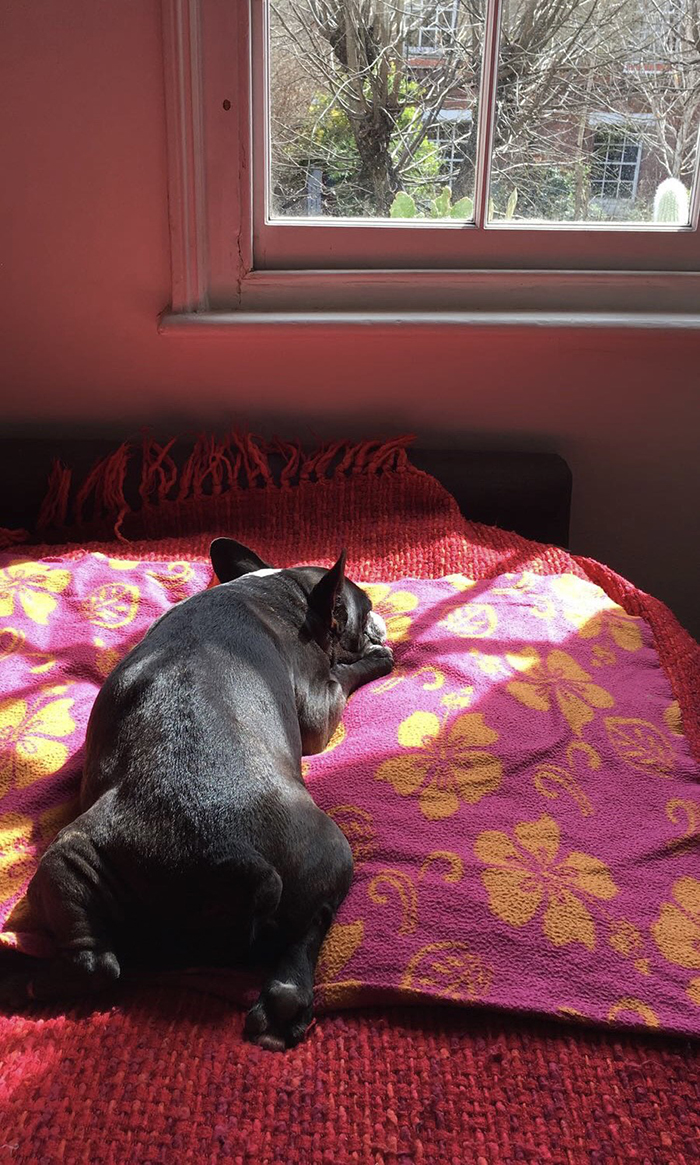
—
Zadie Xa was born in Vancouver on the unceded and traditional territories of Musqueam, Squamish and Tsleil-Waututh peoples, and is now based in London, UK. Her work is informed by her experiences within the Korean diaspora, as well as the environmental and cultural context of the Pacific Northwest. Her work often features garments, including cloaks and masks, used for live performance and within installation or moving image. Throughout her practice, Xa uses water and marine ecologies as metaphors for exploring the unknown, whilst also alluding to abstract notions of homeland. Zadie earned an MA in Painting at the Royal College of Art in 2014 and a BFA at the Emily Carr Institute of Art and Design in 2007.


